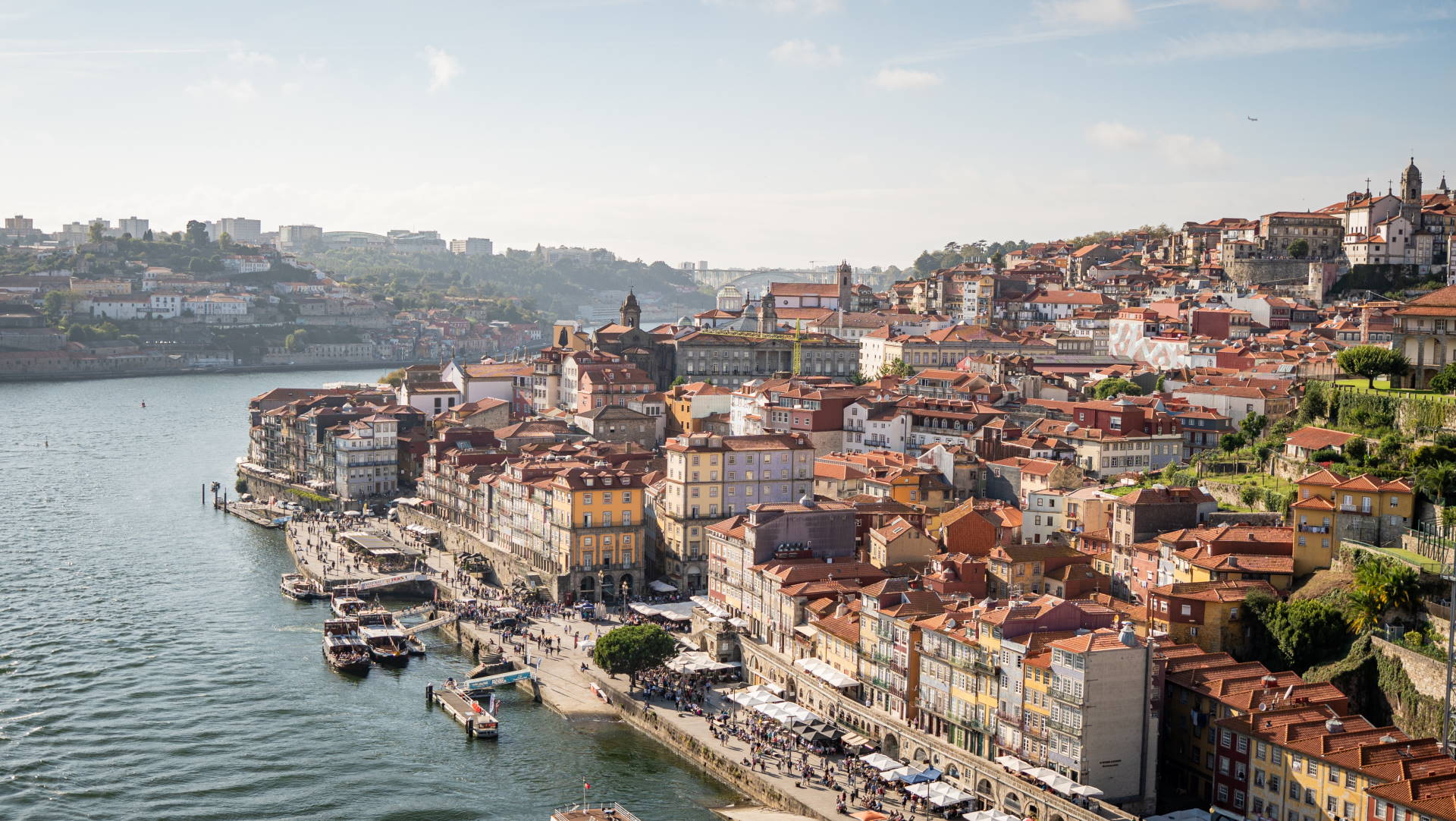What to visit in Porto
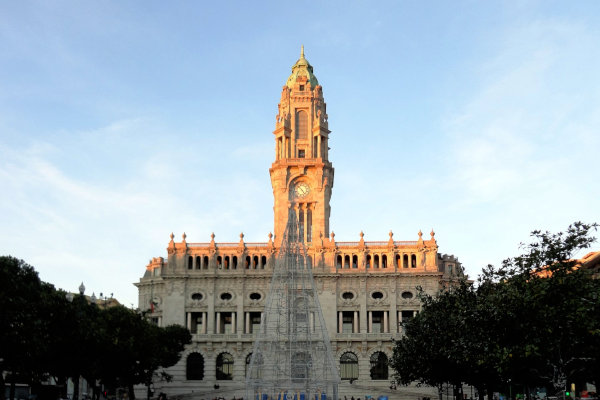
Câmara Municipal do Porto
It was the beginning of the 20th century when decision was made to build a new avenue in town that would be called Aliados (Allies) and a new town hall was projected to stand at its end, on the top as a crown. This urban project would change the city completely, making it the center of its government, having the headquarters of various banks and the town hall, all in the same place.
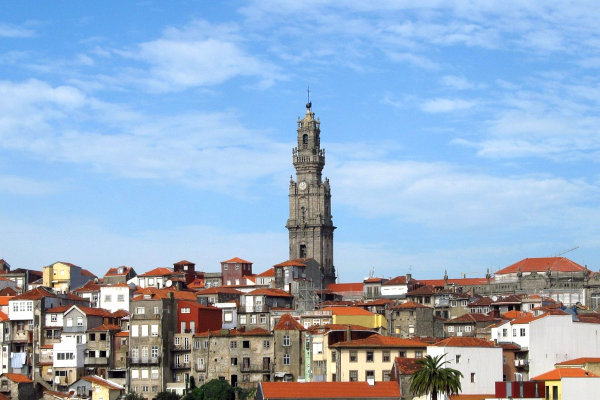
Torre dos Clérigos
The tower is one of Porto's most iconic buildings and its architect one of the town's most influencial of 18th century. The church and tower were designed by Nicolau Nasoni, and built between 1754 and 1763, for the Irmandade dos Clérigos Pobres (the Brethren of the Poor Clergymen). Initially the project proposed two towers, one of which ends up leaving the project, eventually creating an atypical appearance, which although it has aspects typical of the Roman baroque, has a Tuscan bell structure, from where the architect was born.
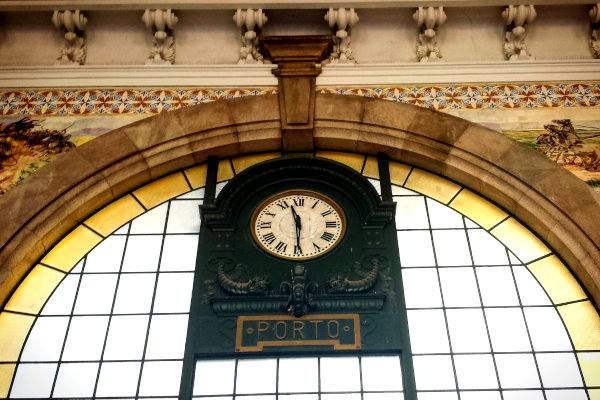
Estação de São Bento
São Bento train station is born of the will to connect the regions of Douro and Minho, anyone can see their names at the building's ceiling. The space where it now exists there used to be a monastery for benedectine nuns, the station kept the name on the new building that was designed by the native Porto, José Marques da Silva, one of the most important names of the 19th century. The more perceptive ones can find their name in some of the more iconic buildings of the town.
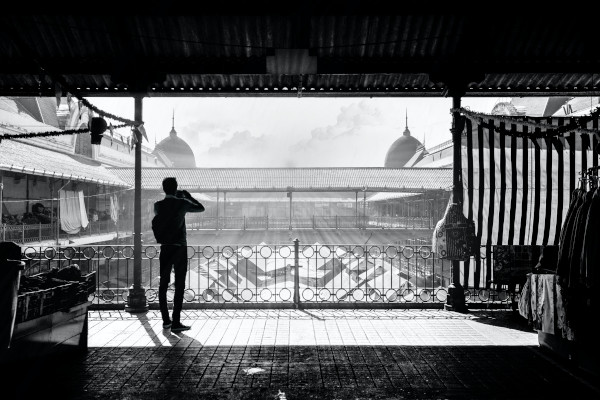
Mercado do Bolhão
The beautiful neoclassical building was created after the market place, and in fact, sorrounding the commercial square already in existence. The creation of the market enforced the progression of the center of the town, and it is still a place where the locals go when they want to buy fresh products and live the spirit of the old town stronglly linked with the shouted bargains of the sellers.
A land was given by the cathedral for the new market to be created, through it passed a small river that joined with the one called Rio da Vila, and there created a little bump existed which made the water into a "buble" passing through it, and that created its name Bolhão (Big Buble).
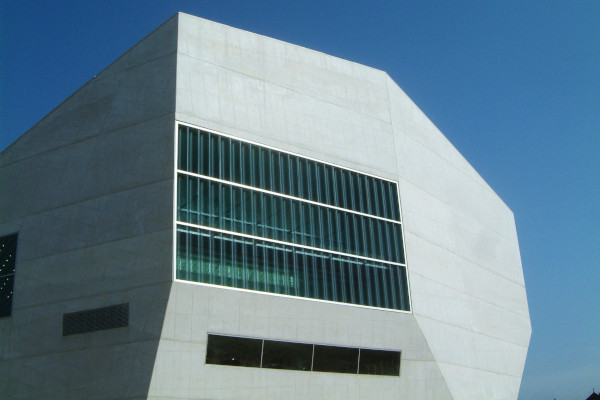
Casa da Música
Part of Porto 2001, European capital of Culture, the Casa da Música (House of Music) already begins its process in 1998, when it's known that Porto and Amsterdam would be chosen to be the capitals in 2001. The contest for its design was open in 1999 and after three phases was chosen the project of the Dutch architect Rem Koolhas. From the Jury of this competition stand out two names of Portuguese architecture, and also from Porto, Álvaro Siza Vieira and Eduardo Souto Moura, the two winners of the Pritzker Prize.
Casa da Música was inaugurated in 2005, and has since become a landmark in contemporary architecture. The building and its construction had controversial initial reactions, being that it occupies the space where previously the collection of electric cars of the STCP, and later after the construction by the strong visual impact that changed to all urban space.
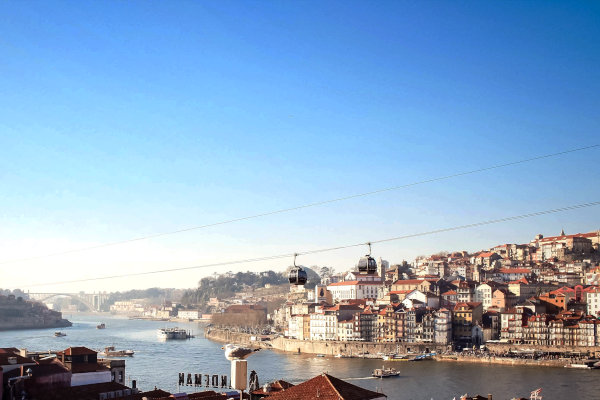
Teleférico de Gaia
The cable car of Vila Nova de Gaia, inaugurated in 2011, connects the Cais de Gaia and the riverside area to the Jardim do Morro, also positioning as a means of connection to the Metro Station and as a means of visiting the Monastery of Serra do Pilar.
This trip of about 5 minutes offers a magnificent view of the Porto, the Douro River and its bridges, and the Port Wine cellars.

 FR
FR  IT
IT  ES
ES  DE
DE  PT
PT  EN
EN 
